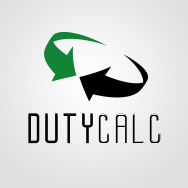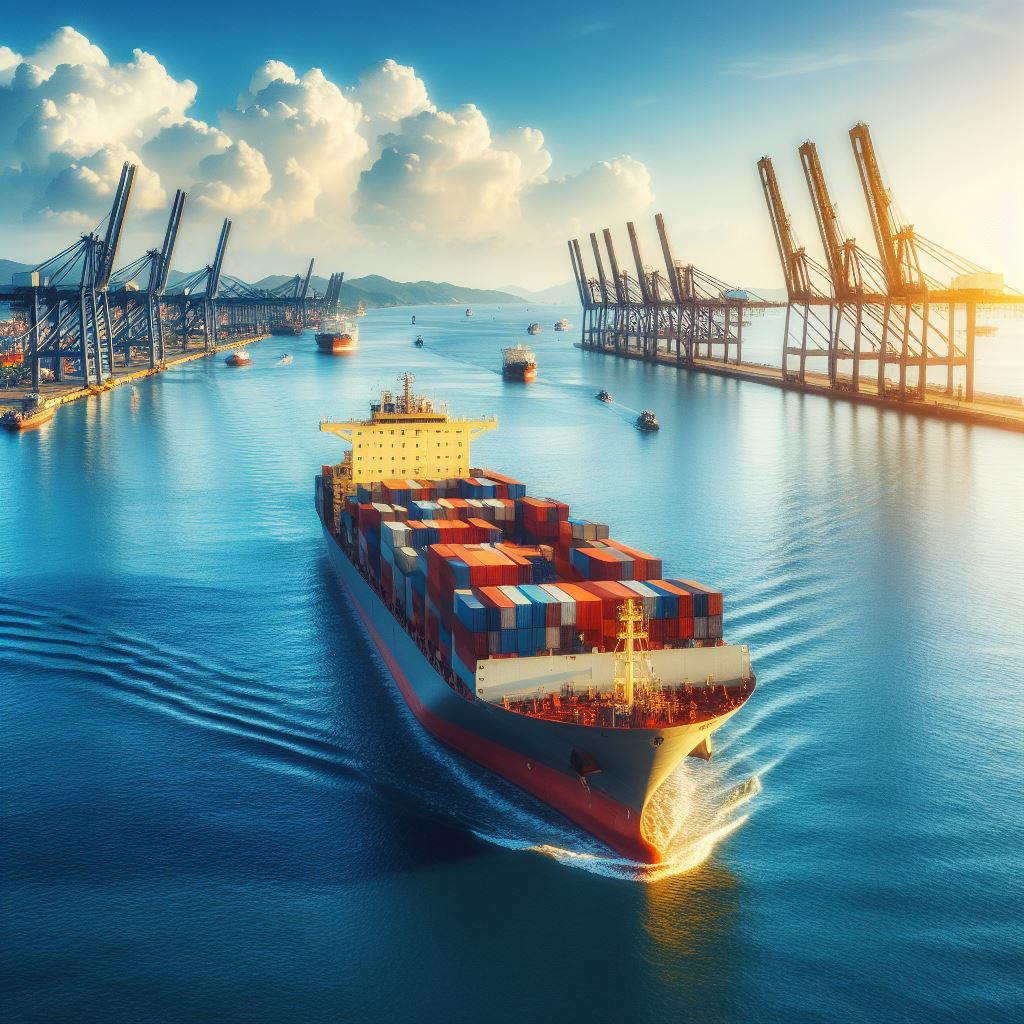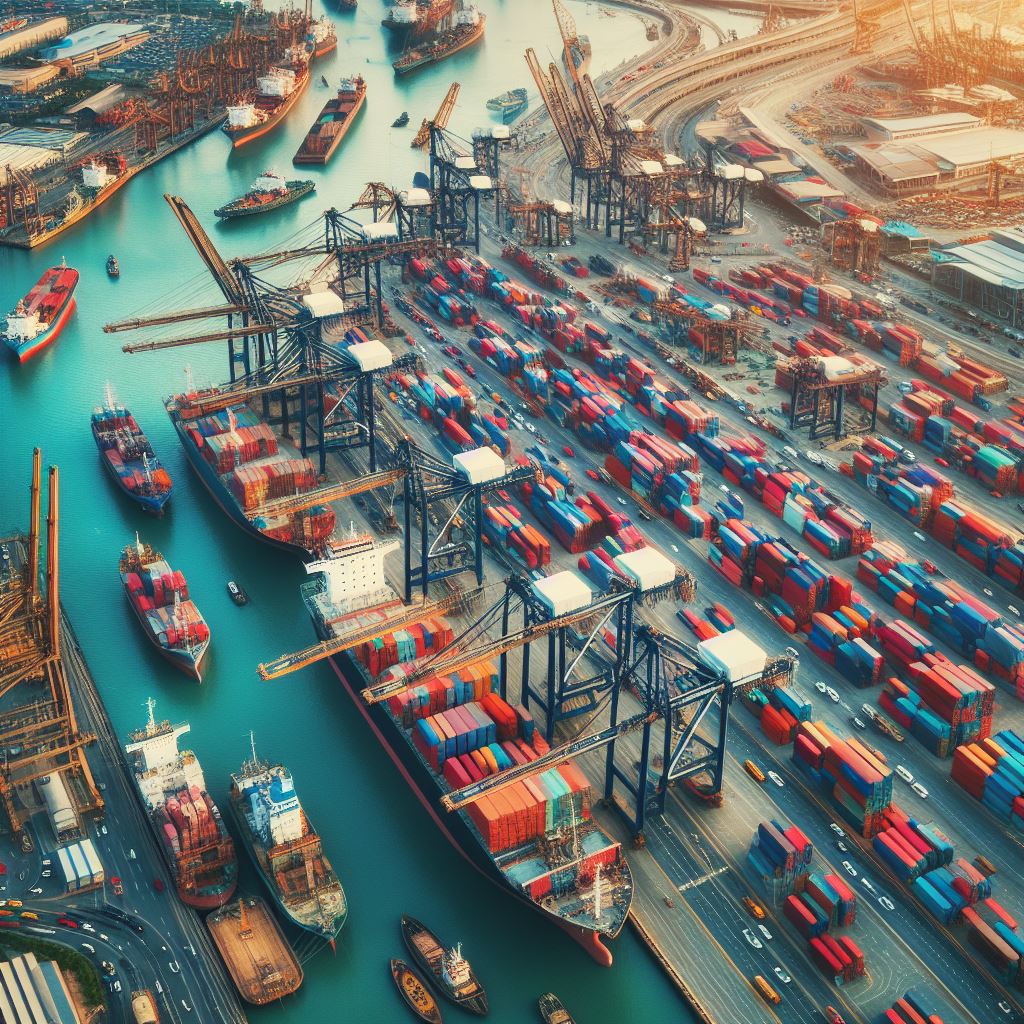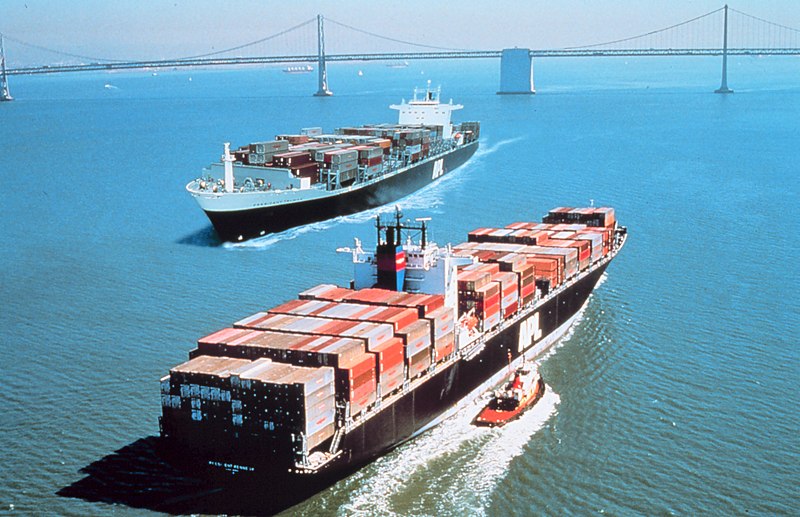Export Success: Strategies, Compliance, Accounting
Duty Drawback Software | Import Export Consulting | Processing Filing | Full Service
What is Drawback
Contact Us
For new exporters in the United States, navigating the complexities of international trade requires a strategic approach and a comprehensive understanding of the business landscape. Successful export ventures involve a combination of market research, compliance with regulations, and effective financial management.
Firstly, thorough market research is crucial. Identifying target markets, understanding local preferences, and analyzing competition are essential steps. This knowledge helps in tailoring products or services to meet the demands of the international market. Building relationships with local distributors or partners can also facilitate market entry.
Compliance with regulations is another key aspect of successful exporting. Familiarity with the legal requirements of both the U.S. and the target country is imperative. This includes adherence to export controls, customs regulations, and any trade restrictions. Engaging legal experts or consultants with expertise in international trade law can help new exporters navigate these complexities and avoid legal pitfalls.
In terms of financial management, exporters need to carefully plan and allocate resources. This involves understanding the total cost of exporting, which includes production costs, transportation, tariffs, and other duties. Accurate pricing is essential for competitiveness and profitability. Additionally, managing cash flow effectively is critical, as international transactions often involve longer payment cycles. Exploring financing options and insurance against payment risks can safeguard against financial uncertainties.
Internally, maintaining robust accounting practices is vital. Implementing an efficient accounting system ensures accurate tracking of expenses, revenues, and profits associated with the export venture. This not only aids in financial decision-making but also assists in compliance with tax regulations. Keeping detailed records facilitates the documentation required for customs clearance and can help prevent delays or penalties.
Exporters should also leverage technology to streamline processes. Utilizing digital platforms for order processing, inventory management, and communication with overseas partners can enhance efficiency and reduce errors.
Finally, building a strong team with expertise in international trade is crucial for sustained success. This includes professionals well-versed in logistics, customs procedures, and international finance. Continuous training and staying updated on evolving trade regulations and market trends are essential components of a successful export strategy.
Successful exporting from the United States requires a combination of market insight, regulatory compliance, financial acumen, and efficient internal processes. By adopting these best practices, new exporters can navigate the global market successfully and establish a strong foothold in international trade.







